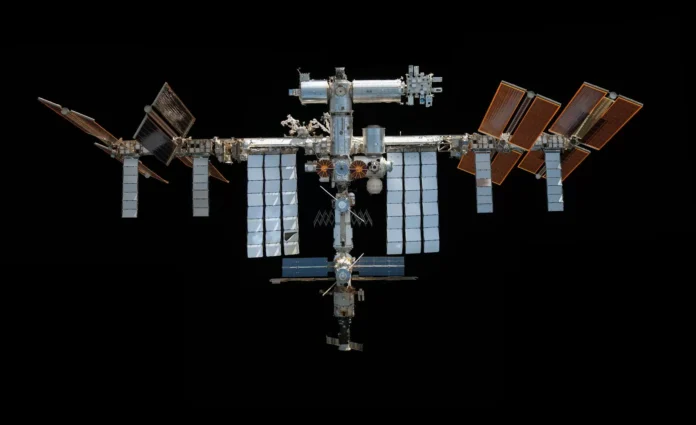As the International Space Station (ISS) approaches the end of its service life, it is time for America to look towards new horizons in space. The United States has always been a leader in space exploration, and it is crucial for us to maintain this position by venturing beyond the ISS and pushing the boundaries of technology. With the rapid growth of the commercial space industry, we have the opportunity to establish new orbital destinations and cement our status as the world’s leader in space.
The ISS has been a remarkable feat of international cooperation and has served as a vital platform for scientific research and technological advancements. However, after more than two decades of continuous operation, it is reaching the end of its lifespan. The ISS has played a significant role in expanding our understanding of space and has been a symbol of unity among nations. As we bid farewell to this iconic structure, it is time for America to take the lead in shaping the future of space exploration.
One of the most promising destinations for America’s space program is Low Earth Orbit (LEO). LEO is the region of space within 2,000 kilometers of Earth’s surface, and it is where the ISS is currently located. This region offers a unique vantage point for observing Earth and conducting experiments in microgravity. It is also a crucial stepping stone for future missions to the Moon and beyond. With the rise of the commercial space industry, LEO is becoming an increasingly accessible and affordable destination for space activities.
To maintain our leadership in LEO, the United States must continue to invest in cutting-edge technologies and innovative approaches. The commercial space industry has proven to be a valuable partner in this endeavor, with companies like SpaceX and Blue Origin making significant strides in reducing the cost of access to space. By fostering a competitive and innovative environment, we can drive further advancements in space technology and open up new possibilities for exploration.
Another destination that holds great potential for America’s space program is cislunar space, the region between the Earth and the Moon. This region offers a wealth of resources, including water ice and rare earth elements, which can be utilized for future missions. It also provides a strategic location for deep space exploration, as it serves as a gateway to the Moon and beyond. By establishing a presence in cislunar space, we can expand our capabilities and lay the foundation for future missions to Mars and other planets.
The Artemis program, led by NASA, aims to return humans to the Moon by 2024 and establish a sustainable presence on its surface. This ambitious program will not only advance our scientific knowledge but also pave the way for future human missions to Mars. It will also provide a platform for international collaboration, with the participation of other space agencies and commercial partners. The Artemis program is a testament to America’s commitment to pushing the boundaries of space exploration and inspiring the next generation of scientists and engineers.
Beyond LEO and cislunar space, America must also look towards the vast expanse of the solar system and beyond. The exploration of Mars, the outer planets, and even interstellar space holds immense potential for scientific discoveries and technological advancements. It is essential for America to continue investing in research and development in these areas to remain at the forefront of space exploration.
In conclusion, as the ISS nears the end of its service life, America must take the lead in shaping the future of space exploration. We have the opportunity to establish new orbital destinations, such as LEO and cislunar space, and continue our journey towards the stars. By fostering a competitive and innovative environment, investing in cutting-edge technologies, and collaborating with international partners, we can maintain our position as the world’s leader in space. Let us embrace this new era of space exploration and continue to push the boundaries of what is possible. The future of space is limitless, and America must be at the forefront of this exciting journey.

